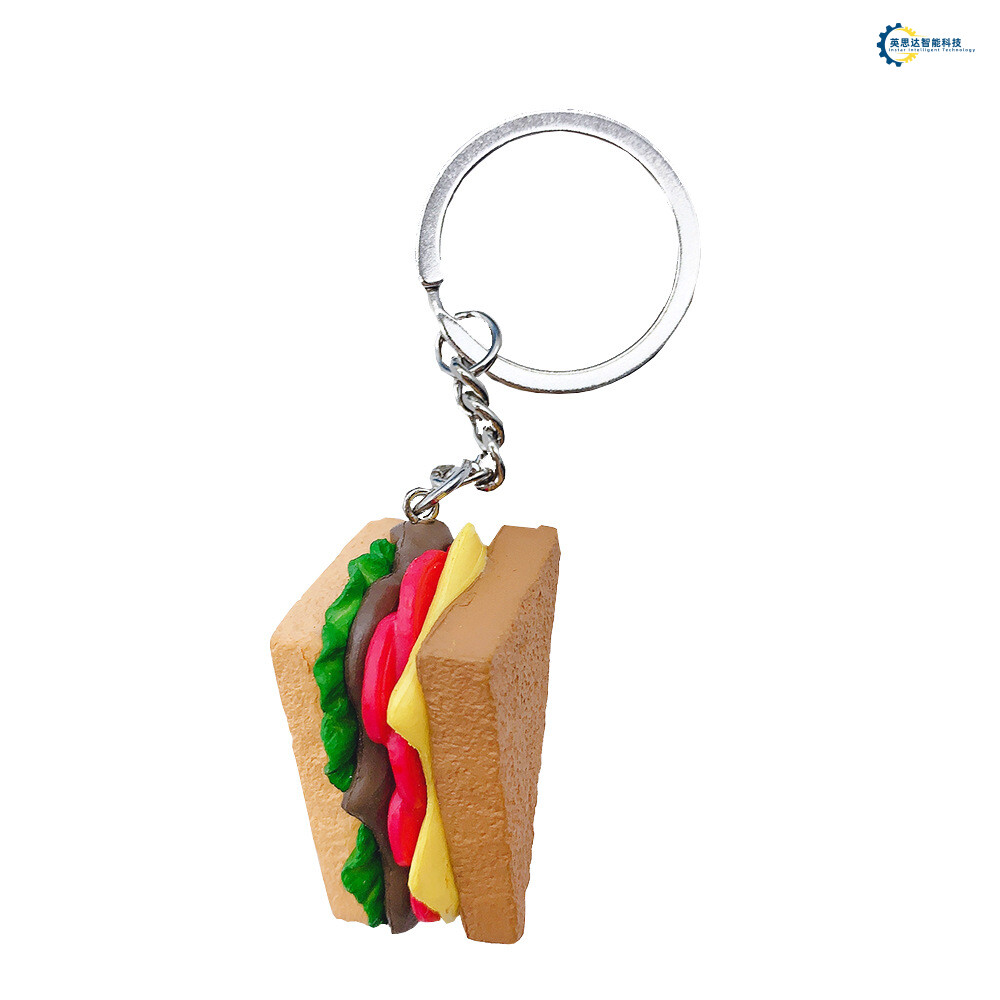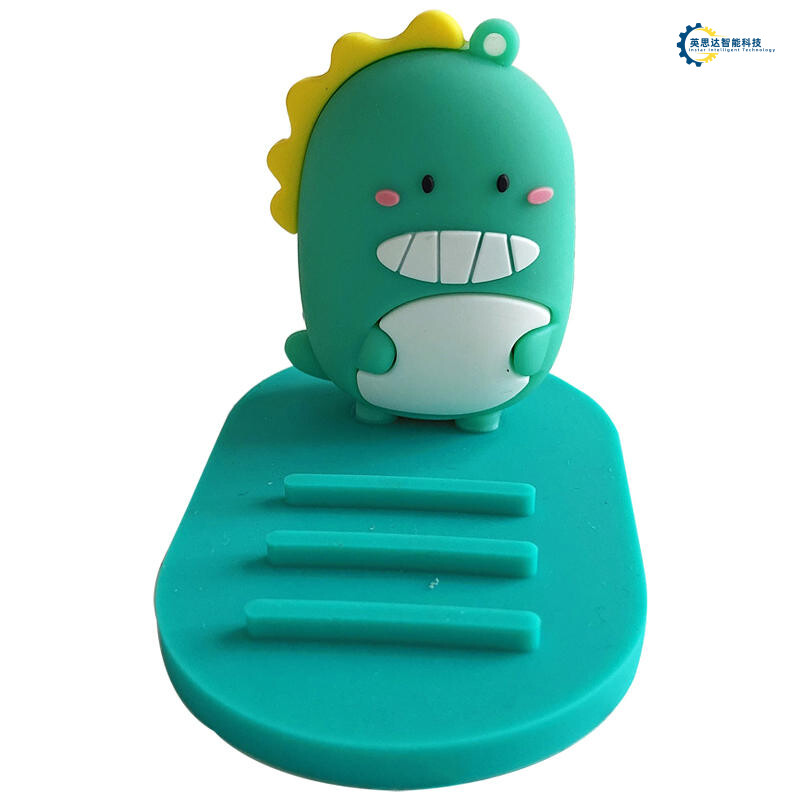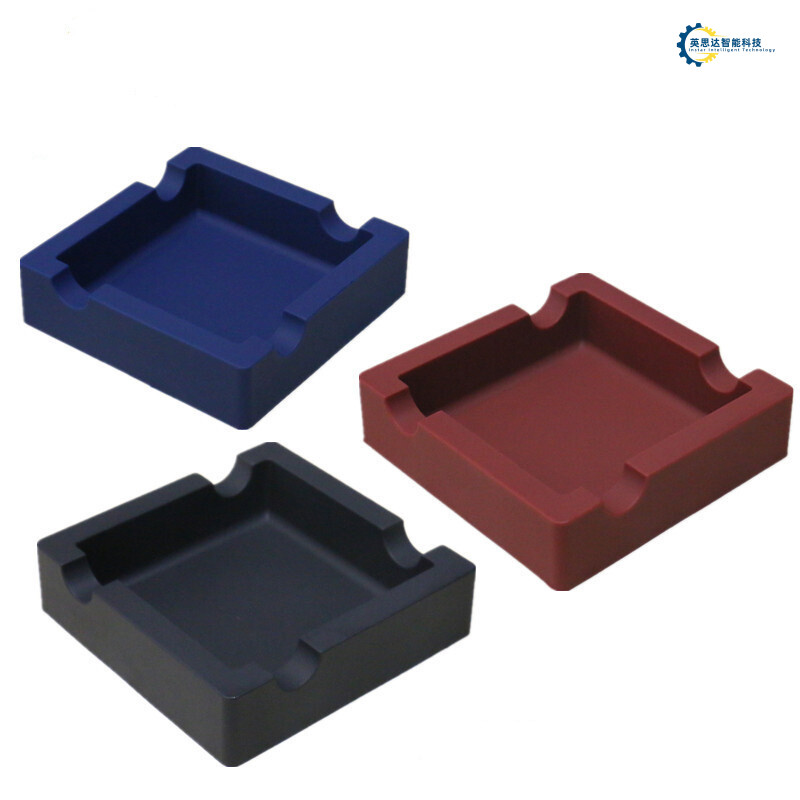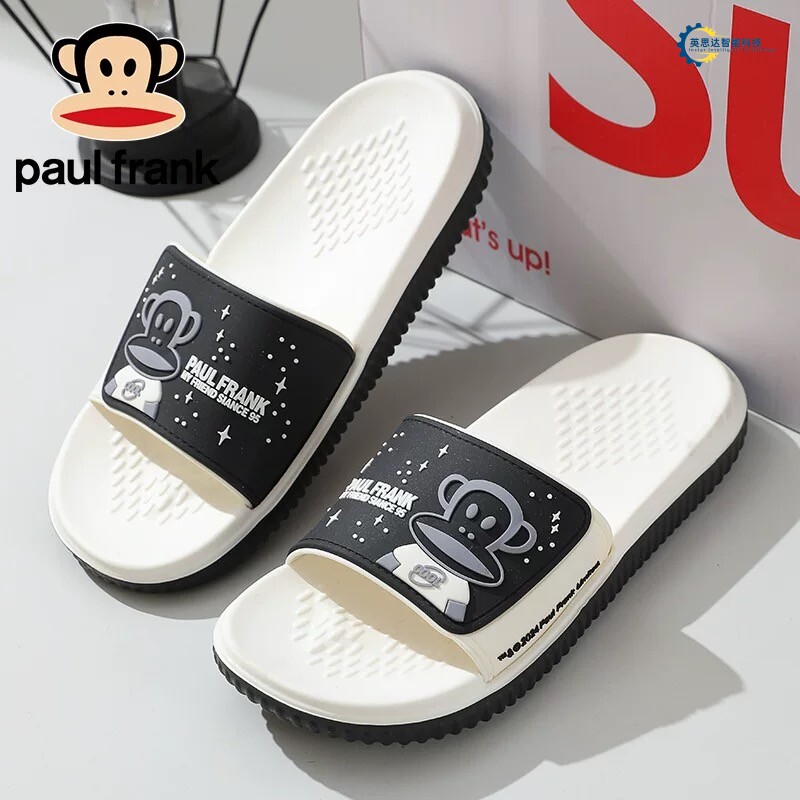Key Takeaways
Ever wondered how your favorite jeans get those silicone logos that survive laundry day, gym sessions, and questionable life choices? Let’s spill the tea (without spilling silicone). Modern hydraulic embossing machines are basically the superheroes of textile bling—they press designs so sharp, even your cat’s judgmental stare can’t dent them. With PID temperature control, these machines are like that friend who always keeps their cool, even when the heat is cranked to "melt-your-face-off" levels.
Pro Tip: If your silicone logo looks like a melted cheese doodle, check the temperature settings. Trust me, "winging it" isn’t a valid industrial strategy.
Need speed? Dual-workstation setups let these machines churn out logos faster than a caffeine-fueled TikTok influencer. Imagine one arm stamping 3D denim details while the other preps the next batch—multitasking goals, right? And here’s the kicker: eco-friendly silicones mean you can save the planet while looking fabulous. Who said sustainability can’t be stylish?
But the real magic? 0.05mm precision. That’s thinner than your patience waiting for a software update. This laser-like accuracy ensures wrinkle-resistant logos stay crisp, even after you’ve accidentally washed your jeans with a brick.
Hot Take: If your embossing machine had a dating profile, "energy-efficient hydraulic systems" would be its green flag. Smooth moves, low power bills—what’s not to love?
So next time you rock those activewear logos, remember: behind every wrinkle-free flex is a machine that’s basically the Einstein of fabric bling. Mic drop.

Hydraulic Embossing Machines for 3D Silicone Logos
Imagine a machine that’s part Hulk, part ballet dancer—hydraulic embossing machines are the unsung heroes of the textile world, flexing their muscle to stamp 3D silicone logos onto fabrics with the grace of a prima donna. These beasts use hydraulic pressure systems strong enough to crush a watermelon (but don’t worry, they’re too busy perfecting your favorite jeans’ logo). Why settle for flat designs when you can have logos that pop like popcorn in a microwave?
The secret sauce? Precision engineering that hits 0.05mm accuracy—thinner than your patience during a Zoom meeting. Combine that with wrinkle-resistant detailing, and you’ve got logos that survive laundry day better than your socks. Here’s the kicker: modern machines come with dual workstations, letting operators switch between tasks faster than a toddler changes their favorite cartoon.
| Feature | Traditional Machines | Hydraulic Embossing Machines |
|---|---|---|
| Pressure Control | Manual adjustments | Automated hydraulic systems |
| Detail Precision | ~0.2mm | 0.05mm (microscopic swag) |
| Speed | Snail-paced | Cheetah-mode enabled |
| Drama Level | High (temper tantrums) | Low (chill like a cucumber) |
And let’s not forget the eco-friendly angle—these machines use silicone applications greener than your neighbor’s compost bin. So next time you see a logo that looks like it’s auditioning for a 3D movie, thank the hydraulic wizardry behind it. Just don’t ask it to lift your couch—it’s got denim to glamorize.

PID Temperature Control in Fabric Logo Production
Imagine your embossing fabric machine throwing a tantrum because it can’t decide if it’s making logos or baking cookies. That’s where PID temperature control swoops in like a superhero with a thermostat instead of a cape. This tech isn’t just “set it and forget it”—it’s more like a neurotic chef constantly adjusting the oven to avoid burning your silicone logos into charcoal briquettes. By juggling proportional, integral, and derivative calculations faster than a caffeinated squirrel, PID ensures every press hits the sweet spot between “melted goo” and “fossilized rubber.”
Why does this matter? Try explaining to a fashion designer why their wrinkle-resistant 3D detailing on denim looks like a toddler’s finger-painting. With precision down to 0.05mm, PID keeps temperatures steadier than a yoga instructor’s breathing, so even the fussiest activewear logos come out crisp enough to make a robot jealous. Plus, it’s energy-efficient—no more guzzling power like a college student chugging energy drinks during finals week.
And let’s not forget the eco-friendly materials! PID doesn’t just save your logos; it saves the planet one perfectly heated press at a time. Next up: how dual-workstation embossing turns your machine into a logo-printing octopus. Spoiler: it involves less ink and more chaos.
Dual-Workstation Embossing for High-Volume Output
Picture this: your embossing machine is the overachieving employee who insists on doing two jobs at once—except this one doesn’t demand a raise or complain about overtime. Dual-workstation embossing turns fabric branding into a high-speed relay race, where one station heats up while the other stamps logos faster than a caffeinated woodpecker. Why settle for a single workstation when you can double your mischief?
These machines are basically the hydraulic system version of a multitasking parent—juggling denim jackets and yoga pants with the grace of a circus performer. One arm presses 3D silicone logos onto activewear, while its twin preps the next batch, eliminating downtime like a magician who’s really good at misdirection. The secret sauce? PID temperature control ensures neither station throws a tantrum, maintaining precision hotter than a celebrity gossip blog.
For factories pumping out high-volume output, this setup is like hiring a clone army—but legal and way less creepy. Imagine churning out 500 wrinkle-resistant logos an hour while your competitors are still sipping coffee and debating lunch orders. Plus, the dual-workstation design laughs in the face of fabric wrinkles, delivering sharper details than your aunt’s unsolicited life advice.
Pro tip: If your machine starts looking lonely, remind it that eco-friendly silicone applications are way more rewarding than a social life. Now, go forth and emboss like the productivity-obsessed wizard you were born to be.
Eco-Friendly Silicone Applications in Denim Detailing
Let’s face it: denim has a reputation. Jeans are the cool kids of the fashion world, but they’ve been caught sneaking toxic dyes and chemical cocktails into the party. Enter eco-friendly silicone—the nerdy yet charming superhero here to save the day (and your butt). Modern embossing fabric machines are now slapping 3D detailing onto denim with silicone so green, it practically composts itself. Imagine a pair of jeans strutting down the runway, flaunting raised logos that scream, “I’m stylish and I recycled a soda can!”
How does this magic happen? Instead of traditional plastisol (the clingy ex of fabric treatments), water-based silicone struts in, boasting zero volatile organic compounds and a PhD in biodegradability. These machines use PID temperature control to bake designs at just the right heat—no overcooked logos here! Plus, the hydraulic pressure system works smoother than a DJ mixing vinyl, pressing intricate patterns without wrinkling the fabric.
And let’s talk about denim detailing. Those subtle ridges on your pockets? That’s not just flair—it’s sustainable fashion whispering, “Yeah, I look good, but I also volunteer at the community garden.” Brands are ditching toxic glitter for biodegradable shimmer, proving you can have guilt-free swagger. So next time you rock those embossed jeans, remember: you’re not just wearing art. You’re wearing a carbon footprint smaller than a flea’s flip-flop.
0.05mm Precision Techniques for Wrinkle-Resistant Logos
Imagine trying to thread a needle while riding a rollercoaster—that’s what embossing fabric machines do daily, except they’re way better at it. Achieving 0.05mm precision in silicone logos is like teaching a robot to doodle with the finesse of a neurosurgeon. How? It starts with PID temperature control, which works harder than a barista during a caffeine shortage. This tech keeps heat fluctuations tighter than your gym pants after Thanksgiving, ensuring every 3D detail on denim or activewear stays crisp, even when your dance moves resemble a malfunctioning windmill.
But wait, there’s more! The secret sauce? Hydraulic pressure systems that apply force smoother than a politician’s handshake. These systems press silicone into fabric with the delicacy of a cat burglar, avoiding wrinkles like they’re dodging paparazzi. Combine that with laser-guided alignment (think GPS for thread), and you’ve got logos so sharp, they could cut through your ex’s excuses.
And let’s not forget the fabric’s nemesis: wrinkles. By using dynamic tensioning rollers, the machine stretches material flatter than a pancake at a weightlifting contest. The result? Logos that stay pristine even after you’ve “tested” them by accidentally washing your gym shirt with a brick. Who said industrial engineering couldn’t be a comedy show?
Energy-Efficient Hydraulic Systems in Textile Embossing
Let’s talk about hydraulic systems in embossing machines—the unsung heroes of the textile world, quietly flexing their muscles like a gym bro who swears he’s “just here to tone.” But unlike that guy, these systems aren’t wasting energy on mirror selfies. Modern energy-efficient hydraulic systems are the eco-conscious gym rats of the industry, pumping out 3D silicone logos on denim and activewear without guzzling power like a teenager slurping a mega-sized soda.
How do they do it? Imagine a PID temperature control system that’s as precise as your grandma’s cookie recipe, but instead of burnt edges, you get wrinkle-resistant logos sharper than a stand-up comedian’s punchlines. The hydraulic pressure adjusts smoother than a DJ mixing beats, applying just enough force to create 0.05mm precision details—because even fabrics deserve a little spa treatment without the drama of overheating.
And here’s the kicker: these systems recycle energy like a thrift-store enthusiast, reusing excess power to keep the dual-workstation setups humming. It’s like having two ovens baking cookies simultaneously, except these “cookies” are eco-friendly silicone applications that won’t crumble under pressure. Plus, with automated embossing solutions, the machine practically winks at you and says, “I got this,” while you sip coffee and pretend to understand hydraulic engineering.
So next time you see a denim jacket with logos so crisp they could cut through small talk, thank the energy-efficient hydraulic systems—the quiet overachievers making sure your clothes look good and the planet doesn’t side-eye the textile industry. Now, if only they could teach that gym bro to recycle his protein shake bottles…

Automated Embossing Solutions for Activewear Branding
Let’s face it—activewear branding is like trying to tattoo a hyperactive kangaroo. You need speed, precision, and a machine that won’t faint when faced with spandex’s "stretch now, apologize later" attitude. Enter automated embossing fabric machines, the unsung heroes turning yoga pants into walking billboards without breaking a sweat. These robotic Picassos use hydraulic systems stronger than your gym buddy’s handshake to press 3D silicone logos into fabrics so stretchy, they’d make a rubber band jealous.
Why settle for manual labor when you can deploy dual-workstation setups that churn out logos faster than a caffeine-fueled cricut? Imagine one machine handling "Namaste in Bed" leggings while its twin slaps wrinkle-resistant designs onto marathon tees—all with 0.05mm precision (because "close enough" is for sock puppets, not premium activewear). And thanks to PID temperature control, the heat stays as consistent as your aunt’s opinion on kale smoothies, ensuring every logo sticks like gossip at a yoga retreat.
Best part? These machines are greener than a juice cleanse, using eco-friendly silicones that won’t haunt the planet. So next time you spot a logo that survives burpees and laundry day, thank the robot overlords. They’re not taking over the world—just your wardrobe.

Silicone Transfer vs Traditional Embossing Methods
Let’s settle this fabric feud: silicone transfer is the cool new kid on the block, while traditional embossing is that stubborn uncle who still uses a flip phone. Picture this: old-school embossing relies on heat and pressure alone, like trying to carve your initials into a tree trunk with a butter knife. Sure, it works, but you’ll end up with fuzzy edges, inconsistent depth, and enough frustration to make a yoga instructor swear.
Enter PID temperature control and hydraulic systems—the dynamic duo of modern silicone transfers. These machines don’t just press designs; they negotiate with fabrics. Imagine a tiny robot chef meticulously piping silicone logos onto denim like it’s frosting a cupcake. The result? 0.05mm precision that’s so sharp, it could probably cut through your existential dread. Traditional methods? They’re over here leaving wrinkles deeper than your last Zoom meeting’s awkward silence.
And let’s not forget the eco-friendly flex. Silicone transfers skip the toxic chemicals, making Mother Nature do a happy dance—while traditional embossing still smells like a high school chemistry lab gone wrong. Plus, with dual workstations, you can stamp logos on activewear faster than a caffeinated kangaroo. So, unless you’re into retro vibes and questionable quality, silicone transfer isn’t just winning—it’s basically doing victory laps around the embroidery hoop.

Conclusion
So, you’ve made it to the end of this embossing fabric machine saga—congrats! If your brain hasn’t melted from all the talk of PID temperature control and hydraulic systems, let’s wrap this up like a perfectly pressed denim logo. Imagine your machine as a 3D-printing wizard with a PhD in precision, casually sipping coffee while churning out wrinkle-resistant logos so sharp they could cut through bad fashion choices.
Think of dual-workstation setups as the ultimate multitasker—like a octopus juggling flamingos, but with silicone. And let’s not forget the eco-friendly materials; Mother Earth high-fives you every time you avoid dumping toxic sludge into her backyard. The 0.05mm precision? That’s basically splitting a hair into quarters while riding a unicycle.
In a world where activewear branding demands superhero-level durability, these machines are the unsung Avengers of textile tech. So, whether you’re stamping logos on yoga pants or denim jackets, remember: your embossing fabric machine isn’t just a tool—it’s the Michelangelo of the textile world, sculpting silicone masterpieces one tiny detail at a time. Now go forth, and may your logos be ever crispy, your denim ever stylish, and your coffee breaks ever guilt-free (thanks, automation!).

FAQs
Q: Can I use my grandma’s sewing machine instead of an embossing fabric machine for silicone logos?
A: Unless your grandma’s machine secretly moonlights as a hydraulic embossing wizard with PID temperature control, stick to industrial gear. Silicone logos demand 0.05mm precision—not the “close enough” philosophy of vintage stitching.
Q: Will eco-friendly silicone turn my denim jacket into compost?
A: Relax, Captain Planet! Eco-friendly silicone won’t biodegrade mid-strut. It’s tough enough for punk-rock denim detailing but kind enough to Mother Earth. Win-win, minus the dirt nap.
Q: How do dual workstations prevent my factory from becoming a chaotic clown car?
A: Imagine one workstation stamping logos while the other sips coffee. Dual workstations are like having twins who actually share chores—doubling output without the sibling rivalry. Chaos averted.
Q: Can PID temperature control survive my intern’s “experimental” settings?
A: PID systems are the overachievers of temperature tech. They’ll auto-correct your intern’s “creative” 300°C disaster faster than you can say, “Why is there smoke?!”
Q: Are wrinkle-resistant logos just a myth, like unicorns or quiet toddlers?
A: Wrinkle-resistant 3D detailing is real—thanks to hydraulic systems pressing harder than a cat claiming your keyboard. Unicorns? Still negotiating with science.
Q: Will upgrading to energy-efficient machines impress my crush?
A: Nothing says “I’m responsible and sexy” like slashing energy bills. Energy-efficient hydraulic systems are the Tesla of textiles—sleek, powerful, and eco-chic. Swipe right on savings.
Ready to Make Your Machines the Life of the Party?
Don’t let FOMO hit when competitors upgrade. Click here to chat with our embossing experts—because FOMO isn’t eco-friendly.
